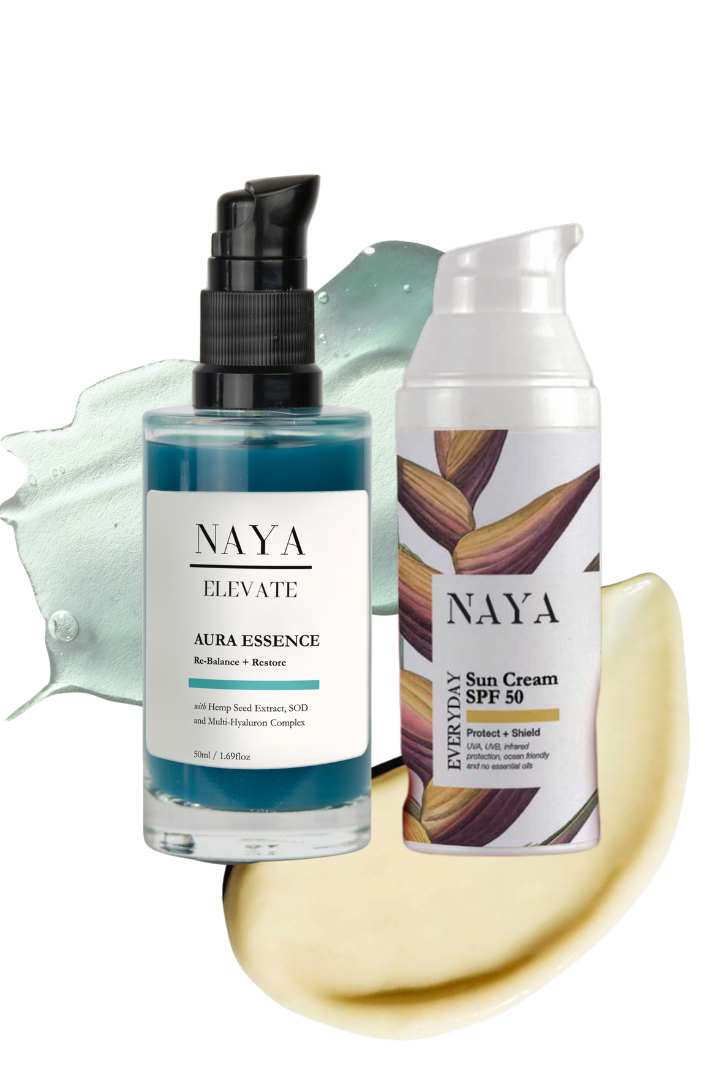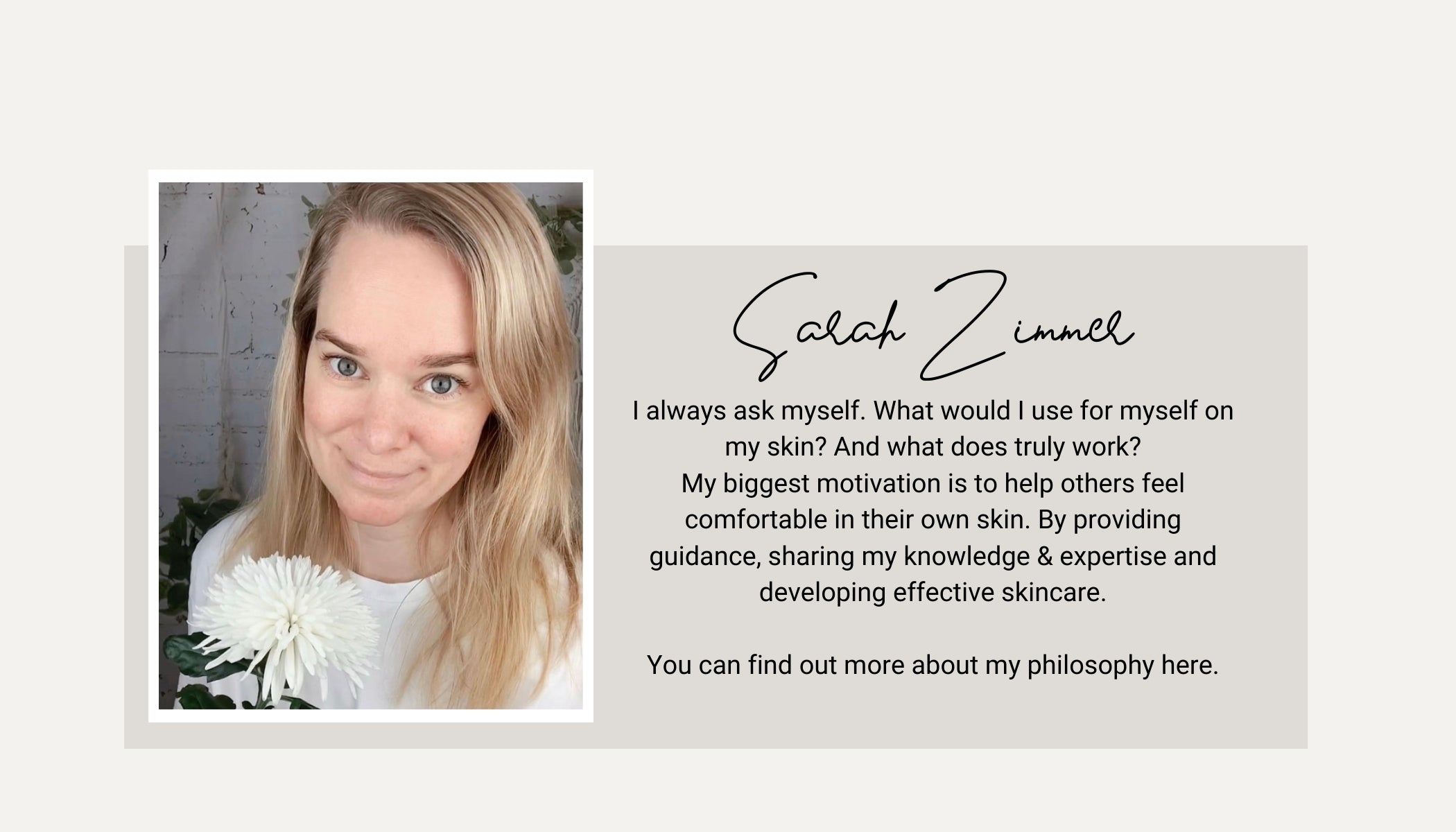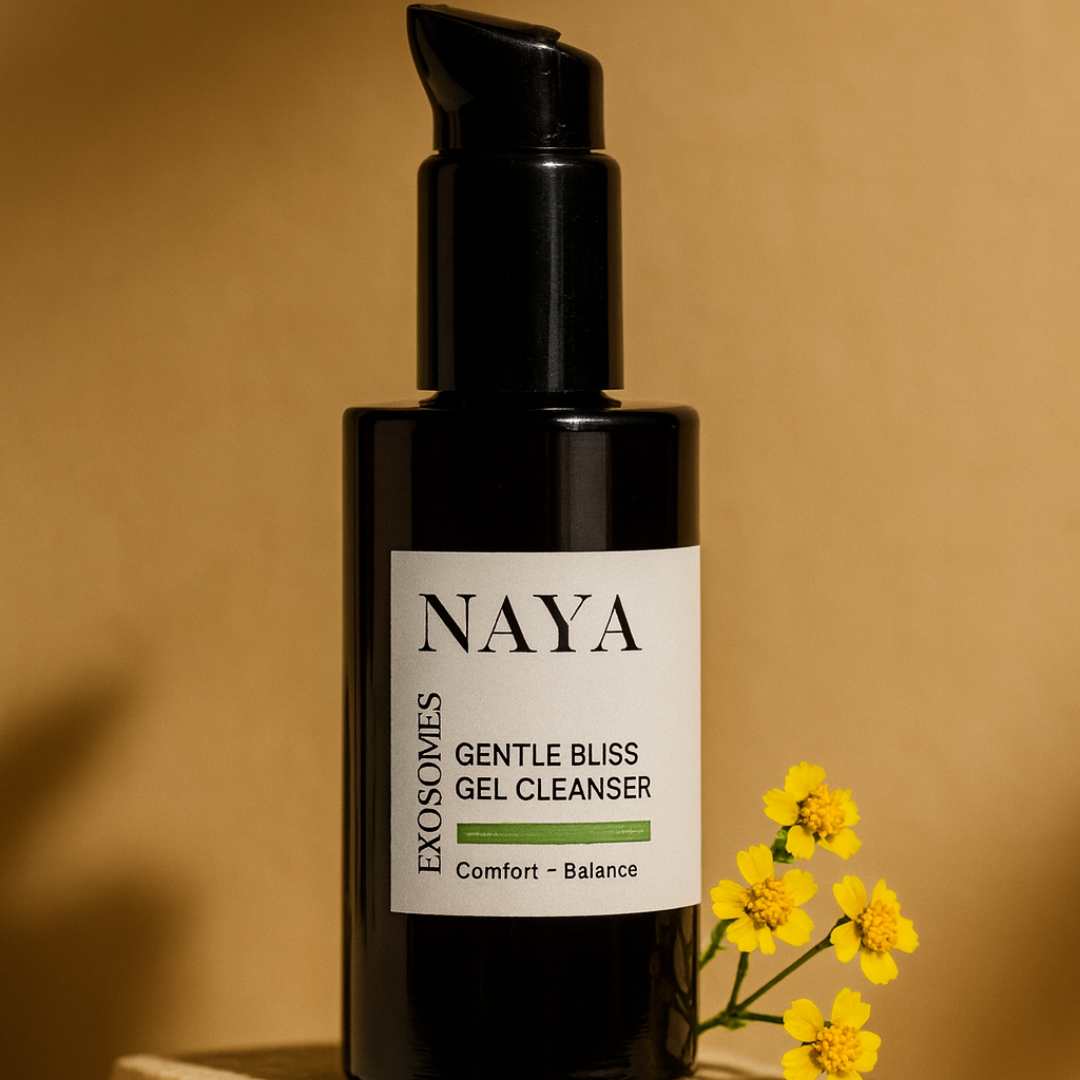The Benefits of GOTS Certified Cotton Muslin Cloths for Your Skin
Do you use a wash cloth?
There are some good reasons to use one. Firstly, it cleans much better helping to remove makeup and dirt more effectively. Secondly, it exfoliates the skin gently leaving it brighter and smoother. And finally, it works for sensitive skin, when gently wiping your face.
We highly recommend that you include it as part of your skincare routine, whether everyday or a few times a week.
But what should you consider when choosing a face cloth?
The material
There are generally two natural types: cotton and bamboo.
And we did our research when we decided to offer face cloths to our consumers. And we decided on a 100% GOTS cotton muslin versus a bamboo ones. Because the case for bamboo was not good at all.
Bamboo Muslin Cloth
Bamboo is an amazing woody plant. It is highly sustainable, fast growing and one of the few plants that has a negative carbon footprint. In addition, in its natural form it is pest resistant and grows well anywhere. Thus there is no need for pesticides nor fertilisers. In addition, the fibre contains a natural anti-bacterial and deodorising function. Ultimately making it sound like an ideal material. However, there’s the manufacturing process. And this is where it goes south. There are two types of manufacturing processes:
- mechanically, and
- chemically, for turning bamboo into fibre for textiles.
So let’s take a closer look.
Mechanical process
The first process involves combing the bamboo fibres and spinning these into threads. Woody parts of the bamboo are crushed and natural enzymes break the crushed bamboo into a mushy mass. As a next step, the natural fibres is mechanically combed out and spun into yarn; much like the process of producing linen from flax or hemp. The end result is a slightly coarse fabric that is sometimes called bamboo linen. Very little of this is available on the market as it is labour intense and expensive to produce. (source: National Resources Defense Council, 2011)
Chemical process
This is the more popular method called the viscose process and it produces rayon (or viscose, which is the same thing). Rayon is a man-made fibre made from cellulose. Usually the cellulose is found in very hard and woody plants, such as wood or bamboo. Cellulose is a carbohydrate and it sits in the wall of the plants. It is treated with caustic soda and carbon disulfide, converting it into a gold liquid, called viscose. Viscose is forced through fine holes – a spineret – into a chemical bath of sulfuric acid where it hardens into fine strands. These fine strands turn into rayon yarn after they have been washed and bleached.
The end product of this chemical process
The end product of this highly chemical process ultimately falls into a category that is somewhere between naturals and synthetics. About 50% of hazardous waste from rayon production (including the bamboo variety) cannot be recaptured and reused. Thus it goes directly into the environment. (source: Ecouterre, 2010). There is no conclusive evidence that many of the claimed qualities of bamboo, such as its antibacterial properties or UV resistance, are still present in the fibre after it has been put through such an intensive process (source: Qin, et al, 2010).
Soil Association and Global Organic Textile Standard
According to Soil Association and the Global Organic Textile Standard (GOTS): “For almost all bamboo fibre used in industrial textile production not the natural bamboo is used but it is melted and regenerated in a viscose / rayon process and can therefore not be considered as natural or even organic fibre, even if the bamboo plant was originally certified organic on the field.” (GOTS, 2018). The Federal Trade Commission in USA and Canadian Competition Bureau have charged companies with deceptively labelling and advertising items as “made from bamboo”. As these products have to be labelled “rayon made from bamboo”. Companies also made the following false claims to date:
- That the products are environmentally friendly, or / and
- They retain the natural antimicrobial properties of bamboo plant, and
- are biodegradable.
And this is only the manufacturing side of this story. As we haven’t even addressed the issue of transparency regarding how bamboo is grown and harvested. Considering the increase in demand of this woody grass.
Final words
Armed with this knowledge we knew that GOTS certified organic cotton muslins were the way forward for us. You can buy our range with peace of mind knowing that our face cloths are not only good for your skin but also the environment.
Sources
Natural Resources Defense Council (August 2011). “Not all bamboo is created equal.”
Ecouterre (7 July 2010). “How eco-friendly is bamboo fabric, really?”
Qin, Y. Chen, P. Zhang, G. Zhang, Y. Liu (2010). Structure and properties of Cu(II) complex bamboo pulp fabrics. Journal of Applied Polymer Science, 117, p. 1843
M.D. Teli, Javed Sheikh (16 May, 2012). Antibacterial and acid and cationic dyeable bamboo cellulose (rayon) fabric on grafting. Carbohydrate Polymers, Volume 88, Issue 4, p. 1281–1287
Global Organic Textile Standard (2018). Website FAQ on bamboo use in GOTS-certified textiles
Federal Trade Commission (2009). ‘How to Avoid Bamboozling Your Customers’
Federal Trade Commission (2018). Bamboo Textiles.
Federal Trade Commission (3 February 2010). “FTC Warns 78 Retailers, Including Wal-Mart, Target, and Kmart, to Stop Labelling and Advertising Rayon Textile Products as “Bamboo””
United States Environmental Protection Agency (1997). “Profile Of The Plastic Resin And Man-made Fiber Industry”. Retrieved 2014-12-16.
Fiber Element (2018). “How Much Pollution Does Bamboo Cause?”













Leave a comment